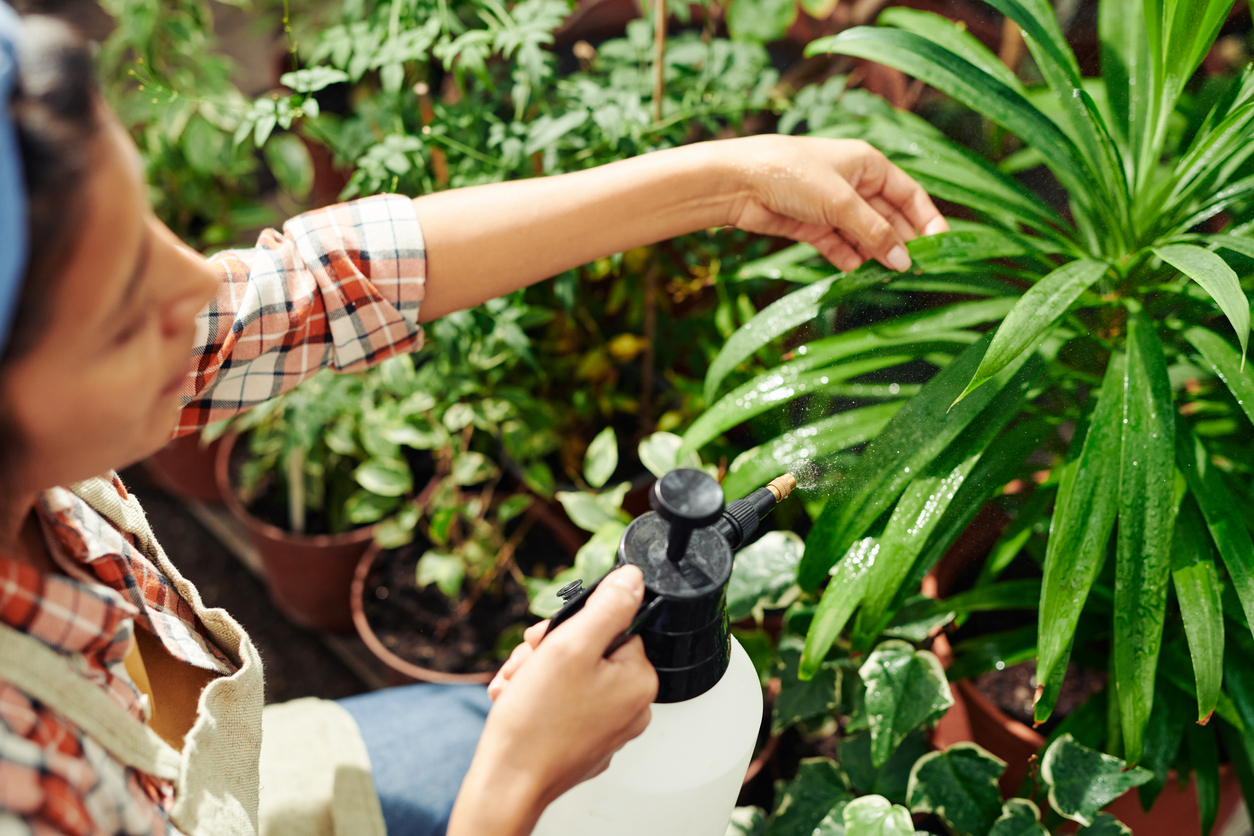Gardening is a time consuming, yet fruitful part of a homeowner’s life. You place plants in their plot of fertile soil, water it daily, make sure it receives enough—but not too much—sun, constantly protect it from pests, only to eventually leave it to the elements come late autumn. Whether it’s your go-to herb for special dishes or a beautifully lush plant, you can bring a potted plant inside as the seasons change to give it a new lease on life. Here are a few tips on how to make your favourite plant’s transition from outdoor to indoor an easy manageable one.
Ready for show
Trudy Watts, a horticulturist at Parkland Nurseries and Garden Centre in Red Deer, shares her expertise on the matter, noting a crucial piece of information: “Plants that are brought in for winter generally fall into two categories: those that require a dormancy period and those that will keep growing.” Pruning might be necessary, or maybe even repotting the plant into a larger container for it to grow.
Make sure your plant passes a security check
Moving a plant might be an easy task, physically. Just don’t overlook that it could be a major upheaval for the little critters who’ve made a home under one of its leaves for the past year. You could be bringing an unwanted guest into your home. Aphids, mealybugs and spider mites are some that you want to keep an eye out for. You could inspect the plant, but it’s probably better to “debug” it by using an insecticidal soap beforehand. If the bug issues persist, Watts recommends “Sticky Sticks—yellow sticky traps—are also very useful for controlling and monitoring for some insects.”
Hit the reset button on the soil
Some plants require different types of soil to grow. From orchids to succulents to poinsettias, you need to know which to replant and which to re-soil. For the latter, scraping off two inches of the top layer of soil is enough to replace.
MORE TO READ
Find out how to become a good houseplant parent.
Location, location, location
Find the right real estate for your new house guest. If a plant prefers lots of sunlight, it won’t be getting as much indoors. You could always place it in a prime sunny spot, although there’s one thing to keep in mind. “Avoid overwatering over the winter as the plant will not be growing as vigorously due to low light levels and short days,” says Watts.
Don’t wait!
Choosing the right time to bring your plant inside is another important part of the transition. “It’s best to bring them in while the weather is still reasonably warm,” Watts notes. Plants can be fickle, and they’ll need to be introduced to the change in ecosystem gradually. Watts adds that “the temperature transition will be less stressful for the plant.”
Talk their plants off
As silly as it may sound, there is evidence that backs the idea that talking to a plant can help stimulate its growth. The Royal Horticultural Society performed a month-long study of playing recordings of people reading to tomato plants. The study showed at the end of the month that there is a distinct difference in growth as vibrations from the sound of a voice elicits the same response as a plant trying to adapt to a windy environment—it just tries harder. So, yap away!
SAVE WITH AMA
Add a little natural colour to your festive decor or give the gift of plants this holiday season. AMA members can save 10% on regular-price items at Parkland Nurseries and Garden Centre.
